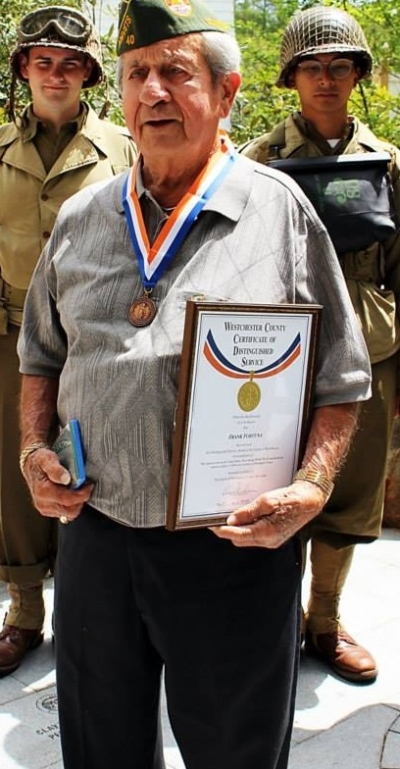
D-Day was the name given to the Invasion on Normandy (Operation Overlord), which took place on June 6, 1944. During the invasion, soldiers from the United States, Canada, the United Kingdom and other nations landed on four beaches in Normandy that were codenamed Gold, Juno, Omaha, and Utah. Paratroopers and glider infantry landed in Normandy ahead of the beach landings to capture bridges and exit roads.
The invasion was successful but the Allies suffered approximately 4,000 forces killed in action. The resistance was particularly fierce at Omaha Beach where Americans suffered 2,400 casualties. Despite their losses, Americans landed 34,000 soldiers there by the day’s end.
D-Day was the largest seaborne invasion in history. Within a few days of the invasion, the Allies landed 326,000 troops, 50,000 vehicles, and 100,000 tons of equipment. Opening a beachhead at Normandy spearheaded the Allies’ advance into Europe. The Allies captured Paris on August 19, 1944 and Germany surrended less than a year after D-Day.
At the Yonkers Public Library, we had the honor of interviewing Frank Fortuna who participated in Operation Overlord. He piloted British troops to Gold Beach in the first wave of the invasion. You can listen to Fortuna’s interview on the YPL Digital Archive.
A book about D-Day that I recommend reading is The Bedford Boys by Alex Kershaw. This is about twenty-one boys from Bedford, Virginia that were killed in action on D-Day. At the time, Bedford had a total population of 3,000 residents. No other town in America suffered a greater one day loss. This book taught me about the sacrifices endured by American families during World War Two.
Michael Walsh is an Adult Services Librarian at the Will Library. He is currently reading A Stillness At Appomattox by Bruce Catton.